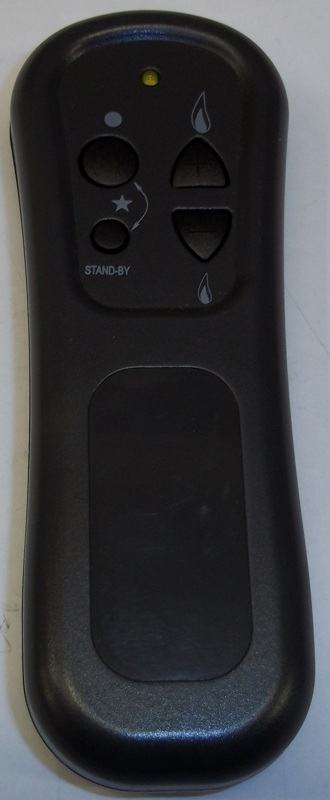We are going to get a new gas fire, which will follow from the removal of an old Baxi boiler (long time disconnected, but still in place) and the wooden surrounded gas fire.
My wife has picked the glass fronted Montana Royal 4 HE fire from Crystal Fires https://www.flames.co.uk/gas-fires/crystal-fires-royale-4-sided.html although I preferred the Manhattan, from the same manufacturer https://www.flames.co.uk/gas-fires/crystal-fires-manhattan.html or the Rocco from Flavel which actually has a slightly longer guarantee https://www.flames.co.uk/gas-fires/flavel-rocco-he.html
Anyway .. for option one the Energy Efficiency is shown as
Montana Manual: 72%
Montana Remote: 77%
but then it says ..
Useful Energy Efficiency Net .. Montana: High 81% / Low 60%
I'm thinking 80% would be .. pay for £100 of gas and get back £80 of heat only .. OK
but getting only £60 back is a bit of a shocker
BTW .. just received texted prices ... Montana fitted £1399 and the Manhattan £1899
Are these prices reasonable for
Cut off temporary .. gas supplyu to gas fire
Remove old fire and boiler
Break out brickwork as required for new fire
Install lintel
Brick up opening
Plaster Repair
Install fire
Connect gas
thanks !
My wife has picked the glass fronted Montana Royal 4 HE fire from Crystal Fires https://www.flames.co.uk/gas-fires/crystal-fires-royale-4-sided.html although I preferred the Manhattan, from the same manufacturer https://www.flames.co.uk/gas-fires/crystal-fires-manhattan.html or the Rocco from Flavel which actually has a slightly longer guarantee https://www.flames.co.uk/gas-fires/flavel-rocco-he.html
Anyway .. for option one the Energy Efficiency is shown as
Montana Manual: 72%
Montana Remote: 77%
but then it says ..
Useful Energy Efficiency Net .. Montana: High 81% / Low 60%
I'm thinking 80% would be .. pay for £100 of gas and get back £80 of heat only .. OK
but getting only £60 back is a bit of a shocker
BTW .. just received texted prices ... Montana fitted £1399 and the Manhattan £1899
Are these prices reasonable for
Cut off temporary .. gas supplyu to gas fire
Remove old fire and boiler
Break out brickwork as required for new fire
Install lintel
Brick up opening
Plaster Repair
Install fire
Connect gas
thanks !


